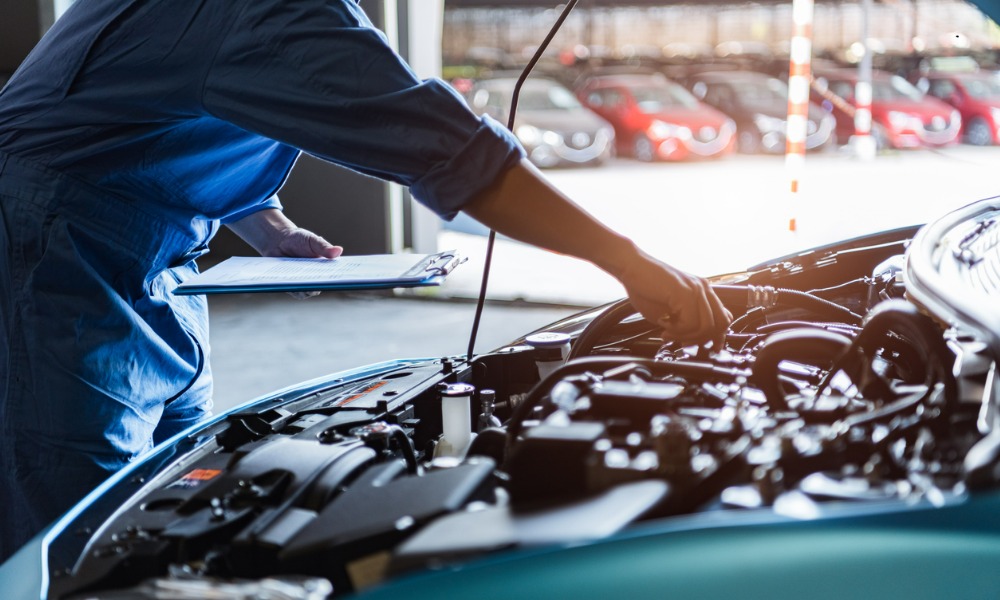As global concerns over environmental pollution grow, the automotive industry has placed significant emphasis on reducing vehicle emissions. Emissions control systems are designed to minimize harmful pollutants released into the atmosphere, making modern vehicles more environmentally friendly. Understanding the components of a vehicle’s emissions system and their functions is essential for maintaining optimal performance and compliance with environmental regulations.
In this article, we’ll explore the key components of vehicle emissions systems, their functions, and how they contribute to reducing harmful pollutants.
The Role of Vehicle Emissions Systems
Vehicle emissions systems are engineered to reduce the release of harmful gases such as carbon monoxide (CO), nitrogen oxides (NOx), hydrocarbons (HC), and particulate matter. These pollutants contribute to air quality issues and climate change. By using advanced technology, emissions systems help ensure that vehicles meet regulatory standards set by environmental agencies worldwide.
Key Components of Vehicle Emissions Systems
1. Catalytic Converter
The catalytic converter is one of the most critical components in a vehicle’s emissions system. It uses a chemical reaction to convert harmful pollutants into less harmful gases before they are expelled from the exhaust system.
Function:
- The catalytic converter contains a ceramic honeycomb structure coated with precious metals such as platinum, palladium, and rhodium. These metals facilitate chemical reactions that convert carbon monoxide (CO) into carbon dioxide (CO2), hydrocarbons into water (H2O), and nitrogen oxides into nitrogen (N2) and oxygen (O2).
Benefits:
- Reduces harmful emissions.
- Helps vehicles meet emissions standards.
2. Oxygen Sensor (O2 Sensor)
Oxygen sensors play a vital role in monitoring the air-fuel ratio in the engine. By measuring the amount of oxygen in the exhaust gases, the oxygen sensor provides feedback to the engine control unit (ECU), allowing it to adjust the fuel injection for optimal combustion.
Function:
- Ensures that the engine runs at the ideal air-fuel ratio, which improves fuel efficiency and reduces emissions.
Benefits:
- Helps maintain fuel efficiency.
- Reduces the release of pollutants by optimizing combustion.
3. Exhaust Gas Recirculation (EGR) Valve
The EGR valve is responsible for reducing nitrogen oxide (NOx) emissions by recirculating a portion of the exhaust gases back into the engine’s intake manifold. This lowers the combustion temperature, which helps minimize the formation of NOx during the combustion process.
Function:
- Reduces NOx emissions by lowering combustion temperatures.
Benefits:
- Improves fuel efficiency and engine performance.
- Helps meet stringent NOx emissions standards.
4. Evaporative Emission Control (EVAP) System
The EVAP system prevents fuel vapors from escaping into the atmosphere by capturing and storing them in a charcoal canister. These vapors are later purged and burned in the engine during combustion, reducing the emission of volatile organic compounds (VOCs) into the air.
Function:
- Captures and stores fuel vapors to prevent them from escaping into the environment.
Benefits:
- Reduces the release of harmful VOCs.
- Enhances fuel economy by recovering fuel vapors.
5. Diesel Particulate Filter (DPF)
Diesel engines produce soot or particulate matter (PM) as a byproduct of combustion. The DPF is designed to capture and store these particles, preventing them from being emitted into the atmosphere. Periodically, the DPF undergoes a process called regeneration, where accumulated soot is burned off at high temperatures.
Function:
- Captures particulate matter and prevents it from being released into the environment.
Benefits:
- Significantly reduces diesel particulate emissions.
- Helps diesel vehicles comply with emissions regulations.
6. Positive Crankcase Ventilation (PCV) Valve
The PCV system recycles blow-by gases (unburned fuel and air mixture) from the engine’s crankcase back into the intake manifold, where they are burned during combustion. This system prevents these gases from being released into the atmosphere, reducing hydrocarbon emissions.
Function:
- Recirculates blow-by gases back into the combustion process.
Benefits:
- Reduces hydrocarbon emissions.
- Prevents oil contamination by venting harmful gases.
7. Selective Catalytic Reduction (SCR) System
The SCR system is commonly used in diesel vehicles to reduce nitrogen oxide (NOx) emissions. It involves injecting a urea-based fluid, known as diesel exhaust fluid (DEF), into the exhaust stream. This fluid reacts with NOx in the catalytic converter, converting it into nitrogen and water vapor, both of which are harmless to the environment.
Function:
- Reduces NOx emissions in diesel engines.
Benefits:
- Helps diesel vehicles meet stringent emissions standards.
- Improves overall environmental impact.
The Importance of Regular Maintenance
Maintaining your vehicle’s emissions system is crucial for both performance and environmental compliance. Over time, components such as oxygen sensors, catalytic converters, and EGR valves can wear out or become clogged, reducing their efficiency and causing increased emissions. Regular inspections and maintenance can ensure that your emissions system is functioning properly and that your vehicle meets emissions standards.
Tips for Maintaining Your Vehicle’s Emissions System:
- Replace oxygen sensors as recommended by your manufacturer.
- Clean or replace the EGR valve to prevent buildup that can reduce efficiency.
- Inspect the catalytic converter for damage or clogging.
- Ensure the EVAP system is properly sealed to prevent fuel vapor leaks.
Conclusion
Understanding the components and functions of vehicle emissions systems is essential for maintaining a clean and efficient vehicle. From catalytic converters to EGR valves, these systems play a vital role in reducing harmful pollutants and ensuring compliance with environmental regulations. Regular maintenance and proper care of your emissions system not only improve your vehicle’s performance but also contribute to a healthier planet.


